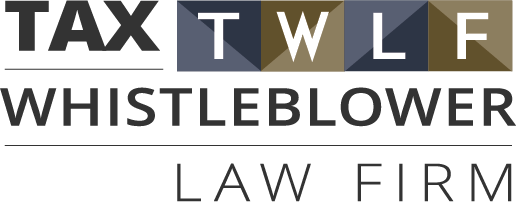Why the Panama Papers matter
/As a primer, this blog discussed the release of documents from the Panamanian law firm Mossack Fonseca, known as the Panama Papers, which disclose a network of shell corporations and entities established by the Panamanian law firm to assist clients in hiding funds and avoiding taxes.
In the news today, as found in this NY times article, the U.S. Justice Department (“DOJ”), through its Kleptocracy Asset Recovery Initiative (for more information about this unit see this NY times article), has begun a forfeiture action against properties in the U.S. acquired by Malaysian individuals whom allegedly embezzled funds from the 1 Malaysia Development Berhad (“1MDB”, Malaysia’s sovereign wealth fund, designed to be used for investment that would return profits to support the Malaysian people).
The DOJ is trying to seize $1 billion in assets including the $30.6 million penthouse at the Time Warner Center in Manhattan, a $39 million mansion in the Los Angeles hills, and a $17.6 million tear down home in Beverly Hills. The DOJ is alleging that the individuals diverted over $3 billion funds from 1MDB for their own use. The key individuals referenced are the stepson, close friends and associates of the prime minister of Malaysia. There are even allegations that some of the funds diverted were used to fund the film “The Wolf of Wall Street” and also to purchase paintings from Picasso and Monet.
The DOJ’s seizure action raises two questions:
- Why isn’t the government getting tough in preventing US Multinational Corporations (US MNCs) from shifting their profits offshore to avoid U.S. taxes; and
- Why are US banks allowing individuals to hide money in the U.S.
As previously discussed in this Blog, US MNCs have utilized transfer pricing, earnings stripping and inversions to shift profits from the U.S. to low tax jurisdictions to lower the effective tax rates paid by the US MNCs. This recent news story (DOJ seizure) raises the question why isn’t the government utilizing more aggressive techniques to stop the US MNCs from shifting this income when the government is seizing asset allegedly begotten from embezzled funds of other nations. Shouldn’t we first stop US tax income from flowing to low tax jurisdictions, then worry about US assets acquired by other nations’ stolen funds?
The Second question goes to the nature of the Panama papers and the uses of shell corporations to mask the identity of the owners of the shell corporations. There is now an effort by the government to require banks to know the owners of the shell corporations. See this NY Times article. According to the article, the US Treasury is requiring US branches of foreign banks to know whom the beneficial owners of the shell corporations. While the US Treasury’s plans have not actually translated to actual rules requiring banks to obtain the identities of the owners of the shell corporations it appears as if it is likely to get legislation passed through Congress to enact the more stringent requirements on banks.
If you have specific and credible information about a U.S. MNC shifting its profits offshore using transfer pricing, inversions or earning stripping, or anyone not paying their taxes by using shell corporations through banks, contact our firm to discuss filling a tax whistleblower claim. As a reminder, the IRS pays between 15-30% of the collected proceeds (tax, penalties, interest, and other amounts collected) based on the information provided and used by the IRS to stop tax violators.




